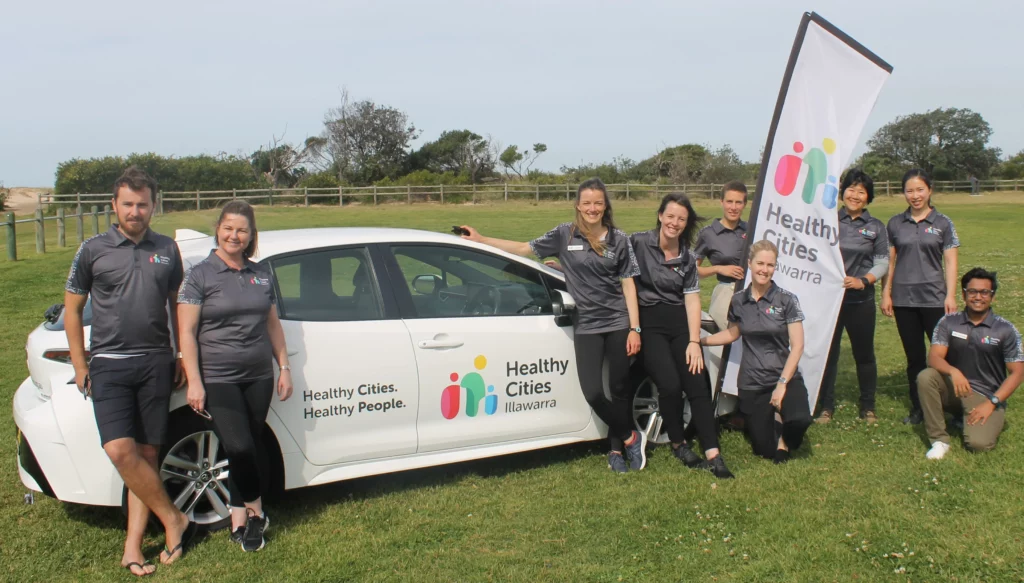Healthy Cities Illawarra: Introducing a community-based active transport project

Speaker: Kelly Andrews
Scheduled in program: Saturday, November 26, 11:30 AM - 12:00 PM
Theme: Making it Happen
Healthy Cities Illawarra CEO Kelly Andrews will share her team’s community-based active transport project to break the deadlock between the need to get children more active and parents’ fears about road safety.
Data from the Illawarra region shows children want to ride or walk to school. However, parents are reluctant because of a ‘lack of safe pedestrian crossings, high vehicle speeds and poor separated bike or walking paths'.
Road trauma is the number one killer of children aged 14 and under and children are most at risk during afternoon school pick-up. Two thirds of NSW’s 1.2 million school children travel to school each day by car; and only 23% of children meeting National Physical Activity Guidelines.
Healthy Cities Illawarra’s pilot project worked with three primary school communities, taking a multi-faceted approach to increasing active travel to school:
- An online community survey to understand current attitudes, behaviours and perceptions; supporting schools to advocate for improved infrastructure
- bike safety and road education for students
- a comprehensive social media campaign that engaged more than 22,465 people
- implementation of a Neighbourhood Slow Down Day coinciding with National Ride to School Day
The partnerships developed between schools, Parents & Citizens (P&C) groups, local government, Transport for NSW, Healthy Cities Illawarra, Safe Streets to School and 30please.org were a powerful vehicle for raising awareness of the importance of active travel to children’s health and for lower speed limits, on the journey to creating safer routes to school.
Results: Despite the catastrophic rain events which hindered the roll out of project activities, including ‘Neighbourhood Slow Down Day’, feedback from the community was overwhelmingly supportive of the advocacy and behavioural measures that took place. Traditional media exposure was high and social media posts engaged over 22,465 people across Facebook, Instagram, Twitter and Youtube and message recall of the campaign was high. The pilot was found to effectively reduce average street speeds and peak vehicular volumes, as well as facilitate an increase in active travel during the measurement period.
Conclusions: The partnerships across schools, P&C’s, local government, Transport for NSW, Healthy Cities Illawarra, Safe Streets to School and 30please.org was a powerful vehicle for raising awareness of the importance of active travel to children’s health and of lower speed limits as a conversation starter to safer routes to school. Repeating the ‘Neighbourhood Slow Down Day’ would be enhanced by mandating and enforcing lower speed limits, however more footpaths and safe crossings were also seen as a critical facilitator to active transport to school.

